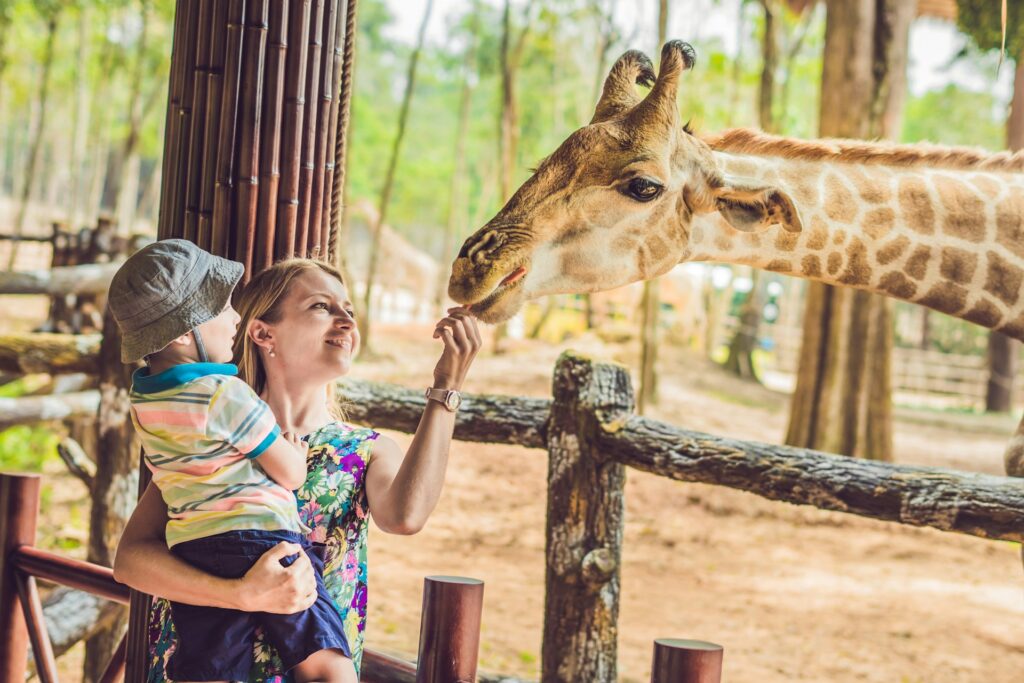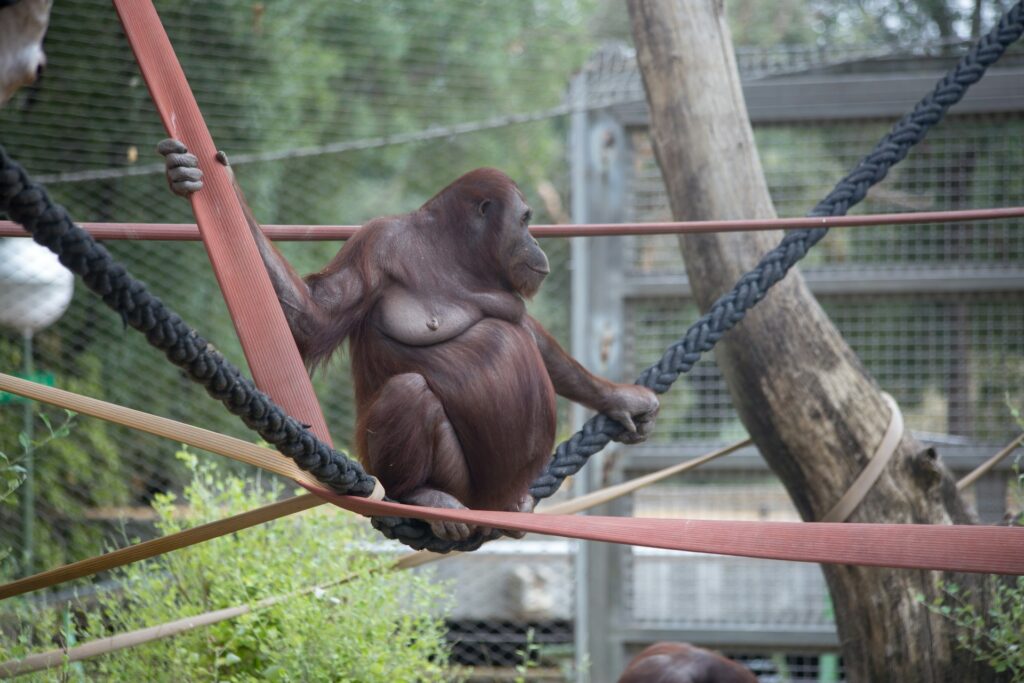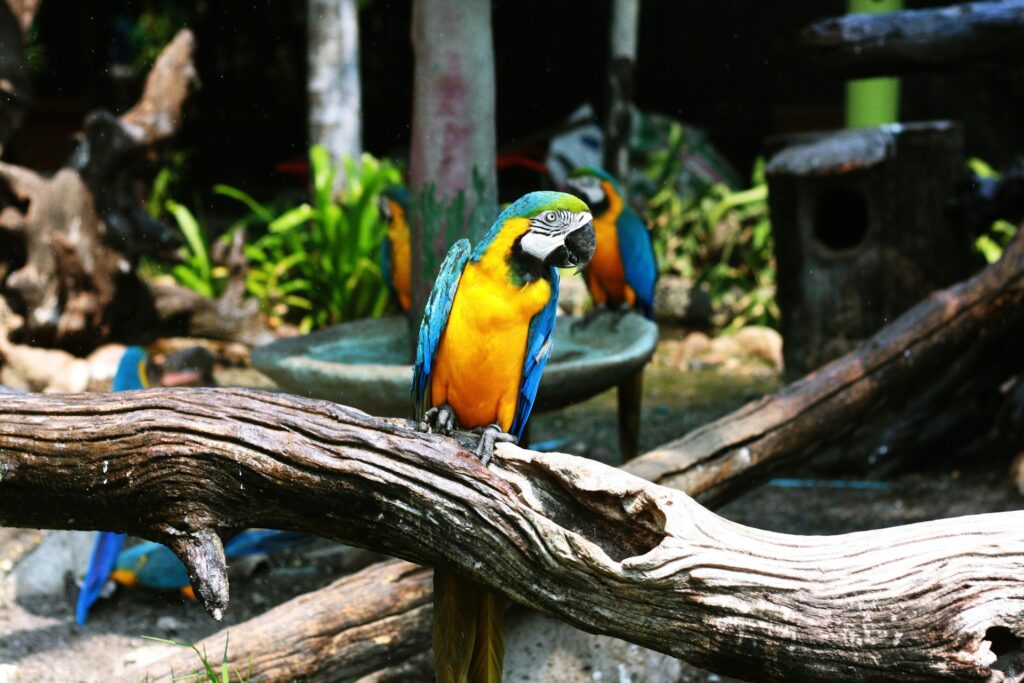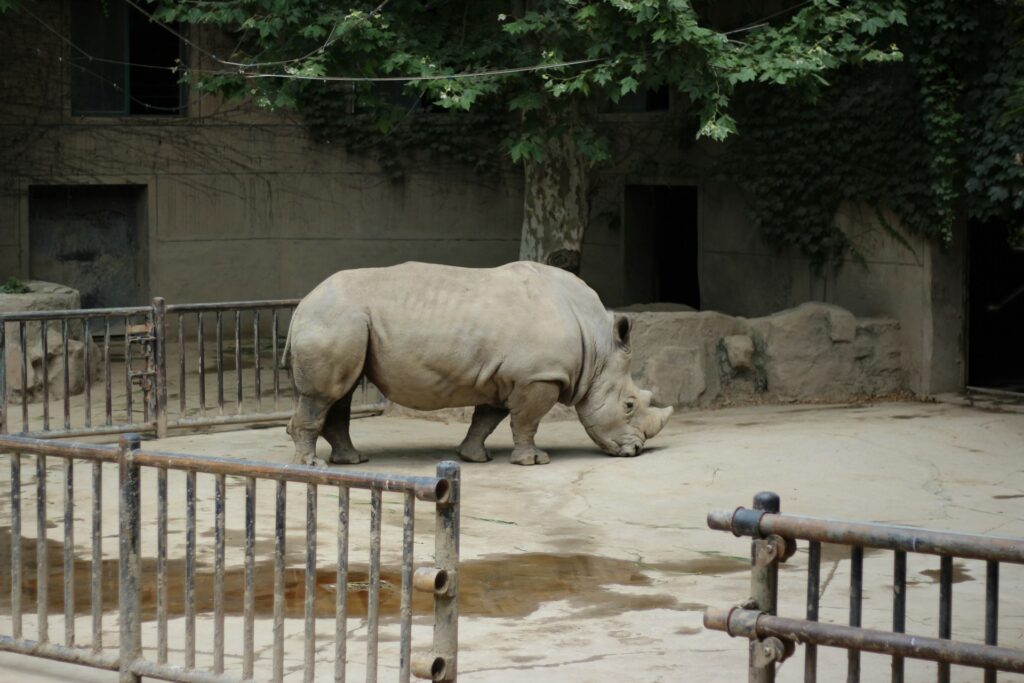At first glance, zoos seem like obvious allies in conservation.

They educate the public, raise funds for endangered species, and breed animals that are struggling in the wild. They have the resources to support large-scale research efforts and fund projects aimed at protecting animals and their habitats. However, as our understanding of animal welfare and conservation science evolves, so too does the debate about whether zoos are truly helping — or if, in some cases, they are doing more harm than good.
The truth is more complicated than a simple yes or no.

Some zoos have genuinely contributed to saving species from extinction, demonstrating the important role captive breeding and public engagement can play. Others, particularly smaller or less regulated facilities, have been criticised for putting entertainment ahead of welfare, or for failing to engage meaningfully with genuine conservation efforts. The difference often lies in the motivation, management, and priorities of the institution in question.
Zoos are often used as conservation hubs.

Many modern zoos define themselves as conservation organisations first and tourist attractions second. They fund field projects, operate breeding programmes for critically endangered species, and collaborate with universities and conservation groups around the world. Their work often extends far beyond their physical walls.
One of the most famous success stories is the Arabian oryx. Once declared extinct in the wild, it was successfully reintroduced thanks to a captive breeding programme coordinated by zoos. Similar efforts have helped rescue species like the California condor, the European bison, and the golden lion tamarin.
There is good happening.

In the UK, organisations like Chester Zoo and ZSL London Zoo are involved in habitat conservation, scientific research, and rewilding projects. Chester Zoo, for instance, leads conservation programmes for species such as the eastern black rhino, Asian elephants, and the Javan green magpie. These efforts show how zoos can have a direct, positive impact beyond their own enclosures.
The World Association of Zoos and Aquariums estimates that its members collectively spend around $350 million annually on wildlife conservation projects worldwide. In many cases, zoos provide essential funding for conservation efforts that would otherwise struggle to survive.
The issues with captivity are numerous.

Despite these achievements, there are serious ethical and practical concerns about keeping animals in captivity. Critics argue that even the best-designed enclosures cannot replicate the complexity, freedom, and mental stimulation of a wild environment. Species that naturally roam over vast areas or have complex social structures — such as elephants, big cats, orcas, and polar bears — often suffer in confined spaces.
Reports by organisations like the Born Free Foundation document widespread issues with abnormal behaviour, shortened lifespans, and physical health problems among captive animals. Stereotypic behaviours — repetitive, seemingly purposeless actions like pacing, head-bobbing, or over-grooming — are commonly observed in zoos and are often interpreted as signs of psychological distress.
There’s also an uncomfortable reality that some zoos still prioritise crowd-pleasing species over those most in need of conservation support. Charismatic animals like lions, pandas, and penguins draw visitors and funding, but they’re not always the species facing the greatest threats in the wild. This can skew resources away from less “marketable” but equally important conservation priorities.
Is there a real impact when it comes to education, or is it just good marketing?

A central defence of zoos is their educational role. By allowing visitors — especially children — to see living animals up close, zoos claim they foster empathy, awareness, and a lifelong commitment to conservation. Many people who work in conservation today point to childhood zoo visits as formative experiences.
However, the effectiveness of this education has been called into question. A study published in Conservation Biology found that while zoo visits might temporarily increase visitors’ knowledge or interest in wildlife, they don’t consistently translate into meaningful conservation behaviour without sustained follow-up (source).
Zoos that pair exhibits with interactive learning, outreach programmes, and calls to action tend to have better results. Passive entertainment — merely walking past animal enclosures — doesn’t seem to foster the deep connection needed to drive real-world change. The challenge for zoos is turning moments of wonder into lasting conservation commitment.
The zoos of the future will look a whole lot different.

Fortunately, many leading zoos are not ignoring these challenges. Instead, they’re reimagining what it means to be a zoo in the 21st century.
Some are investing heavily in habitat immersion, creating enclosures that are as close to wild ecosystems as possible — not just visually, but ecologically. Animals are encouraged to behave naturally, and visitors are guided through environments designed to teach them about complex ecosystems, not just individual species.
Others are shifting focus toward species prioritisation, concentrating resources on breeding programmes for animals at serious risk of extinction, even if they’re not “visitor favourites.” Institutions like The Wilds in Ohio and Highland Wildlife Park in Scotland are blurring the line between traditional zoos, safari parks, and rewilding centres.
There’s also a growing emphasis on in-situ conservation. Increasingly, zoos are partnering with governments, NGOs, and local communities to protect habitats and support wild populations directly, not just through captive breeding.
So what’s the verdict—are they helping or hurting?

The answer, frustratingly but honestly, is: it depends. The best zoos are making a tangible, positive contribution to conservation. They are funding critical research, breeding endangered species, protecting habitats, and educating millions of people about the natural world. Without their support, many lesser-known species might quietly slip into extinction.
Poorly managed zoos, however — those that prioritise visitor numbers over animal welfare, or that cling to outdated, entertainment-driven models — risk doing real harm. They perpetuate the idea that animals exist for human amusement and can undermine genuine conservation messages. As public expectations grow and our understanding of animal cognition and welfare improves, zoos are under pressure to evolve. Accreditation standards are becoming stricter. Institutions that fail to adapt risk losing not only credibility but also their social licence to operate.
For visitors, the key is to be discerning.

Supporting accredited zoos that are transparent about their conservation work, committed to the highest welfare standards, and actively involved in protecting wildlife beyond their gates can help drive positive change. If zoos are to remain relevant and justified in the decades ahead, conservation can’t just be part of what they do. It must be the reason they exist at all — and that mission must be visible not only in their exhibits but in their impact on the world beyond their walls.